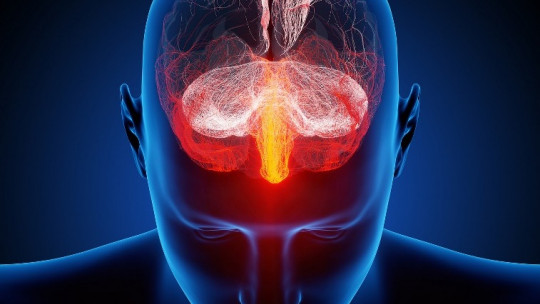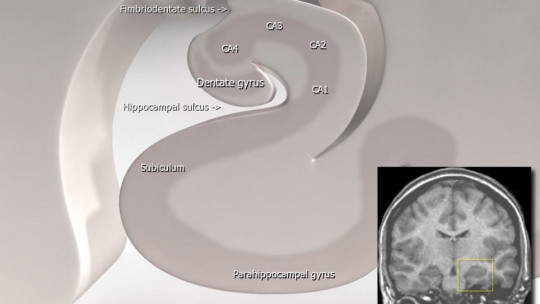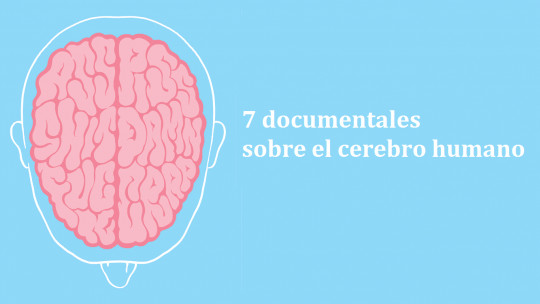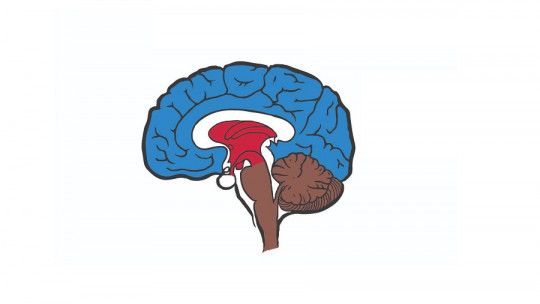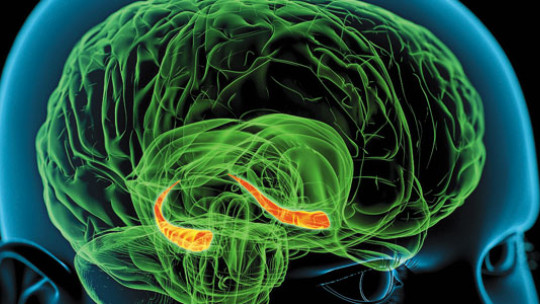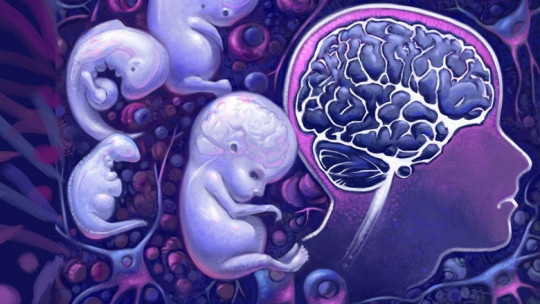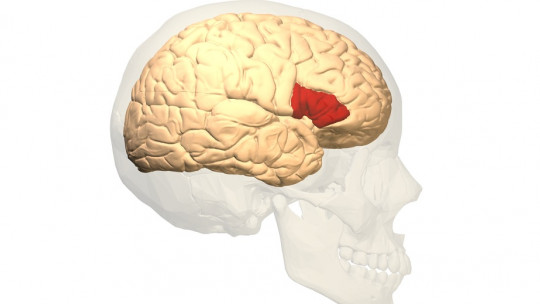The Heslington brain, found in Yorkshire, England, is the oldest preserved human brain This discovery represents not only an advance for Archaeology, but also for Medicine, allowing the investigation of ancient genetic tissues never before observed.
In this article we will see what the characteristics of Heslington’s brain are, who it belonged to, where and when it was discovered, the possible causes of its state of conservation and how important it has been for different scientific fields.
What is Heslington brain?
Heslington’s brain is the oldest preserved human brain, dating back 2,600 years, specifically the Iron Age It is named after the place where it was found, in the town of Heslington, in the historic county of Yorkshire in northern England.
This brain belonged to a man around 30 years old, who had a tragic end being brutally beaten on the head, hanged and finally decapitated with a knife. It is not possible to know exactly what caused him to meet this terrible end, but It is believed that it could have been due to a ritual or human sacrifice given the way in which he was murdered and that his head was quickly buried.
How did the discovery occur?
The skull was found in Heslington, in 2008, during archaeological excavations being carried out by the University of York. There were found remains of crop fields and an ancient population that is estimated to have belonged to the Iron Age.
Along with other graves and ritual objects, a human skull was found that preserved the lower jaw and the first two cervical vertebrae Although at first it was not given any more importance, when archaeologist Rachel Cubitt cleaned it she realized that inside there was a yellow substance that she had not considered before; For this reason she decided that the most appropriate thing would be to preserve the skull in a special way and consult with medical experts given how strange the find was.
One of the reasons why the brain was preserved so well is that the head was buried just after being decapitated In this way, the humid environment underground and the mud in which the skull was wrapped meant that the brain could be kept cold and prevented it from being in contact with the air, a fact that prevented the batteries from forming and beginning the decomposition process..
The cutting and wounds that the skull presented also helped, since in this way it was easier for humic acid, the main component of humic substances, to filter and access the brain, thus providing the environmental and conservation characteristics already mentioned.
Analysis and research on Heslington’s brain
Given the good condition of the brain, one of such antiquity had never been found in those conditions; That gave the possibility of analyzing it and carrying out different tests. It is very difficult to find tissue preserved from so many years, since normally the corpse begins to decompose 36 hours after death and between 5 and 10 years the skeletonization process occurs
In this way, through the study of the discovery, it was learned that the skull belonged to a middle-aged man, about 30 years old, who had been brutally murdered between the 7th and 5th centuries BC, more or less between the years 673 and 482 BC
By performing the computed axial tomography test, which allows obtaining images of different brain slices, The typical gray and white matter that forms the brain could be observed, as well as the sulci, gyri and gyri that form its structure Thus, despite being mixed with sediments and having been reduced to 20% of its size, the main brain structures and anatomical characteristics were still visible.
But… What factors made it so well preserved after so many years? As we already know, a primary factor was the immediate preservation of the brain in a humid place without much air and oxygen. This fact has also been observed in other discoveries of not so ancient brain remains.
Another important finding was that no remains of adipose substance were observed , a type of fat that appears on corpses when they begin to decompose. An attempt was made to explain this event by referring to the separation of the head and the body, ensuring that the decomposition of the body did not affect the brain.
Regarding the disunity of the head and the body, it should also be noted that Most of the decomposition of the corpse is due to a group of bacteria from the gastrointestinal area On this occasion, as the head was disconnected from the body, the bacteria could not reach it, thus helping to maintain the brain.
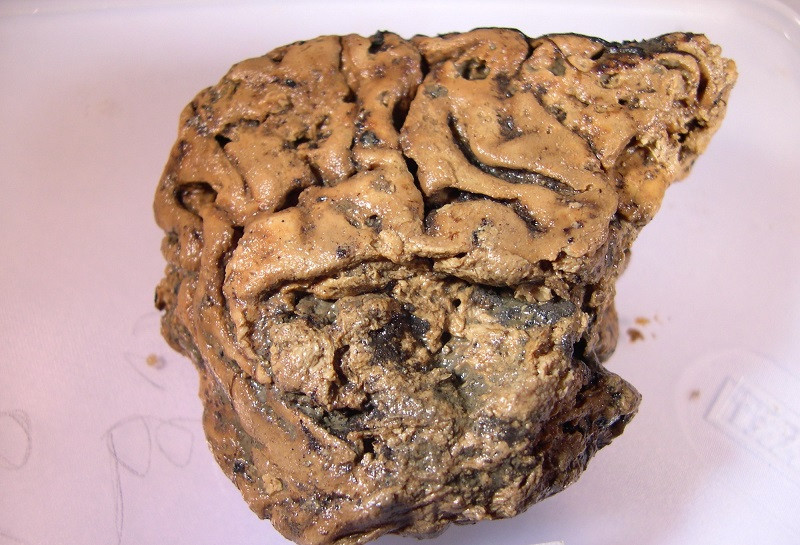
Another aspect that had never been observed before was also discovered; It was found that the main substances that make up the brain under normal conditions, such as proteins and lipids, had been replaced by hydrocarbon molecules with a longer chain and higher molecular weight ; This fact had caused it to become more resistant.
Recently, on January 8, 2020, University College London neurologist Axel Petzold published new research in the Journal of the Royal Society Interface, where he presented a study of the Heslington brain focused on the molecular perspective with special interest in proteins. , responsible for connecting body tissue.
The research was intense and long, studying and observing how the proteins of that particular brain developed and evolved. The laboratory work bore fruit and more than 800 proteins could be found and identified; It was surprising to observe that Most of these proteins were still in good condition, and could even generate an immune response
In this way, it was pointed out that the greater resistance and the ability to persist was due in part to the fact that they had come together, folded into small packages that made them more compact and at the same time more stable than those found in normal situations in the brains of living people.. This is how Petzold deduced that this state of compaction of the proteins allowed them to last longer, also making them more resistant to brain decomposition after death.
This discovery was transcendent not only for Archeology but also within the field of Medicine , since some brain structures were discovered, the presence of which allowed the matter of Heslington’s brain to be preserved in perfect condition. These two structures are two types of brain fibers called neurofilaments and glial fibrillary acidic proteins, whose work together allows for more consistency and protection of neurons and astrocytes, a type of glial cell.
It was also observed that the process of autolysis of decomposition occurred in the external parts of the gray matter and not in the internal parts of the white matter where it is typically found. For this reason, since there was no internal element of the brain to explain it, it was concluded that it was most likely that an external substance had entered the brain before or after the death of the victim, something perhaps caused by for the type of death that occurred.
Likewise, this question remains an enigma and is not confirmed; Other possibilities are being considered, such as that it was the man himself who had an uncategorized disease that favored the brain to remain in this state.
In this way, it is believed that it was a cluster of determined and specific conditions and factors, both before and after death those who allowed such conservation.
Although more research is still necessary, this discovery could facilitate a better understanding of the aging process of the brain and, specifically, neurodegenerative diseases where proteins intervene, such as some dementias. Likewise, these findings could also help researchers obtain information from other ancient tissues for which the genetic material, DNA, has not been obtained.


